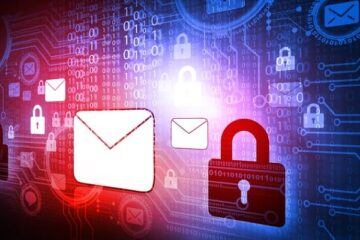The relentless targeting of emails by attackers has led to the exploitation of QR Codes and Password-reset operations. To reduce the risk posed by unique phishing attacks, a combination of end-user education and adherence to best practices is essential.
Attackers are now crafting emails tailored to correspond with business needs and processes. A notable trend is the rise of “quishing,” which involves phishing based on QR codes, particularly those designed to reset two-factor authentication codes. As individuals acquire new phones and redeploy multifactor applications, attackers exploit QR codes to lead users to websites that trick them into entering their credentials. Educating end users on the precise processes and portals required to reset applications secured by two-factor authentication is crucial in defending against such attacks.
The process of quishing typically involves the following steps:
1. Getting the QR code, along with Social Engineering Tactics: The QR code is accompanied by a deceptive message or context to deceive the recipient.
2. Scanning the QR Code: The user scans the QR code using a mobile device, often for quick access to websites or online content.
3. Redirect to Malicious Site: The scanned QR code redirects the user to a malicious website designed to collect sensitive information.
4. Phishing Attack: The user may be prompted to enter login credentials or personal information on the fraudulent site.
5. Data Harvesting: The attacker collects the submitted information for malicious purposes like identity theft or unauthorized access.
Quishing is effective because QR codes are commonly used for legitimate purposes, making users less suspicious when scanning them. This form of attack often involves sophisticated social engineering tactics to drive users to access websites or install applications, posing a significant threat.
At Anubis’ Mail Protection Service, a new security module has been introduced to scan every QR code and track its attack path. The sophistication of the process, from malware detonation to fraudulent app stores or promotion redeem portals, highlights the importance of vigilance. While B2B threats from quishing are growing rapidly, especially on mobile devices, detecting and mitigating these attacks is crucial for cybersecurity.
Overall, staying informed and vigilant against quishing attacks is essential in today’s digital landscape.



